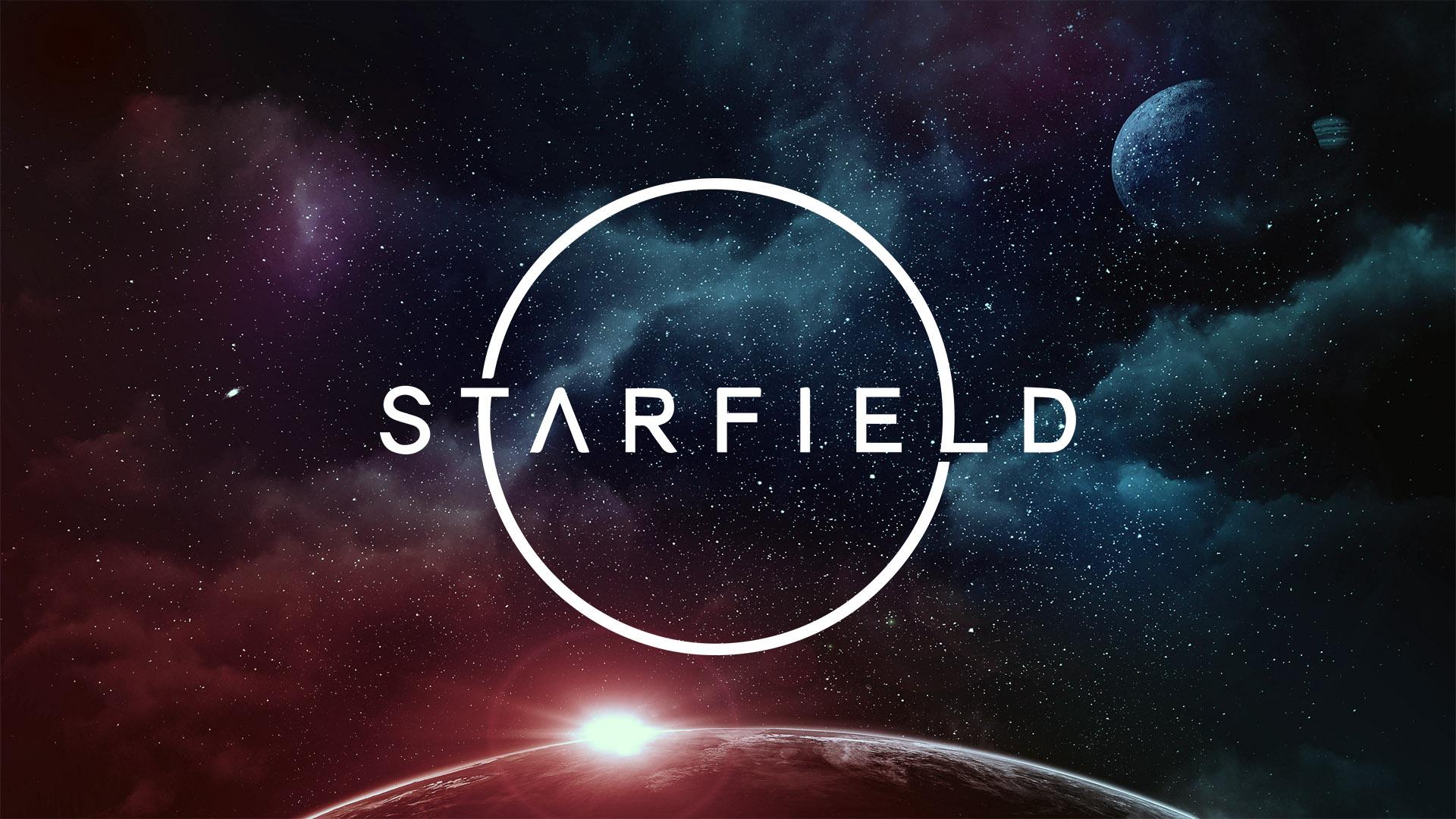

This also shows, from what we see here anyway, that Screen Space Reflections (SSR) likely remain within the engine and have not been replaced with any Ray Traced reflections or other post effects. The light and shadow effects, mixed with Volumetrics and Cube maps, create a metallic look to most sections shown, with a high gloss on surfaces, metallic or not. These do appear to be using a reconstruction or TAA-specific pass, causing some creatures' shadows to be more stable but exhibit ghosting artefacts as they move. Shadow-casting light sources are obviously higher, due to the electrical lights dotted around them, as are the shadow map quality themselves, with outdoors using a softer, penumbra effect, but with an obvious lower resolution cascade which causes dithering. Then volumetrics are used, but mostly here within the interior sections, as they appear to have a distinct change to them from the exterior sections.

Height fog is again used, which will be a combination of flat 2D billboard sprites that can be raised and lowered to create depth and simulate atmospheric scattering of the air pollution and light reactions. Scale is, again, front and centre here, with long, barren vistas much like Fallout. Starfield has certainly taken this as the baseline and improved the resolution, composite levels of those materials, and some form of Global Illumination bounce now factored in. Dynamic time of day and Physics-Based Rendering materials (PBR) all aided the reality of that, with Projected Cube maps across metallic and diffuse surfaces, screen space reflections and shadow-casting light sources enhancing the visuals throughout. From your emergence out of the shelter to the ruined wasteland sprawling out in front of you, to the depth it created with Volumetric lighting, it instantly had an imposing and grandiose feel to it. Rendering Improvementsįallout 4 and Fallout 76 improved on building atmosphere with real world rendering and scale. Havok physics aids animation, for example, and AI and quest building stem from the engine’s Radiant system – much of these are what make up the core DNA of Bethesda games.īefore we go further, keep in mind this is all based on the work in progress footage shown, so some or all of these areas could change upon release. But the technology delivers a great deal more than just visuals. Fallout 4 and later games ushered in some substantial changes to the engine, such as physically based lighting shaders and materials, a deferred tile-based rendering pipeline, enabling high dynamic light sources, volumetric lighting, and other modern techniques. Entitled the Creation Engine 2, it has clear similarities within its rendering output to both Fallout 76 and Skyrim, which were both built on its predecessor. At a headline level, the game is based on an evolved version of the Creation engine.


 0 kommentar(er)
0 kommentar(er)
